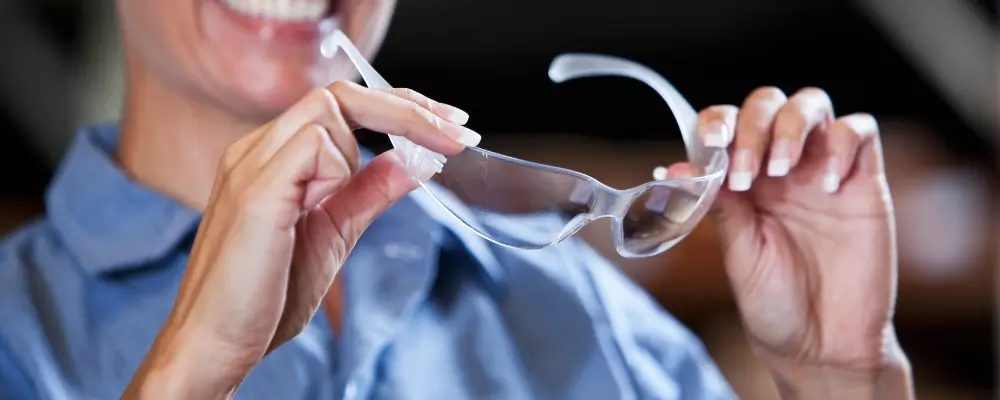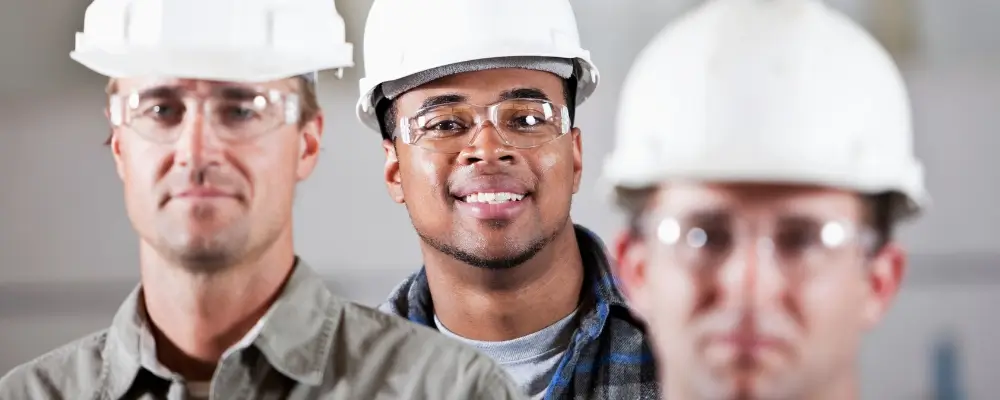Ever wondered how those rugged safety glasses protect your eyes from workshop mishaps or rogue projectiles at the construction site? They’re not your average spectacles! The materials used in safety glasses are specifically designed to keep your vision safe in hazardous environments.
Whether it’s the shatterproof lenses or the tough-as-nails frames, each component plays a vital role. Let’s dive into the fascinating world of safety glasses and discover what makes them so incredibly resilient.
What Are Safety Glasses Made Of
Safety glasses protect the eyes from hazards such as flying debris, chemicals, or harmful radiation. They are made from various materials, each chosen for specific properties like strength, clarity, and resistance to impact or chemicals. Here are the primary materials used in the construction of safety glasses:

1. Lenses
- Polycarbonate: This powerful thermoplastic reigns supreme for safety glasses. It’s famous for withstanding significant impacts that would shatter ordinary glass. It’s surprisingly lightweight for superior comfort and blocks harmful UV rays.
- Trivex: This contender is quickly gaining popularity. Trivex boasts strength and lightness similar to polycarbonate, with a bonus – it delivers even sharper and clearer vision. It’s also fantastic at resisting scratches and can sometimes incorporate photochromic technology, meaning your lenses will automatically darken in bright sunlight.
2. Frames
- Polycarbonate: Just like the lenses, strong and resilient polycarbonate can be molded into the frames of safety glasses.
- Nylon: Nylon is your best bet if you need flexibility and toughness. It’s a popular choice for sports-oriented safety frames as it can bend and withstand the demands of athletic activity.
- Grilamid: This particular type of nylon takes comfort to the next level. Grilamid retains its shape brilliantly and feels remarkably lightweight, making it ideal for long periods of wear.
3. Cool Features and Coatings
Safety glasses get even more impressive with extra features:
- Anti-Scratch coatings: Your lenses will stay crystal clear for longer thanks to special scratch-resistant treatments.
- Anti-Fog coatings: Say goodbye to foggy lenses! These coatings help you see clearly even in hot and humid environments.
- Mirrored coatings: If you work in extremely bright conditions, mirrored coatings can dramatically reduce glare for better visual comfort.
- Side Shields: These integrated shields wrap around the sides of your glasses, offering maximum protection from flying debris from every angle.

Did You Know? Safety glasses are meticulously tested to ensure they meet specific safety standards established by organizations like ANSI (American National Standards Institute). These tests involve dropping projectiles on the lens and frame to check how much force they can take without failing.
Conclusion
Safety glasses are far more than just a fashion accessory for the workplace. From high-impact lenses to flexible frames and specialized coatings, they are engineered to provide maximum protection. The next time you slip on those safety glasses, take a moment to appreciate the science and innovation that goes into protecting one of your most valuable assets – your sight.

